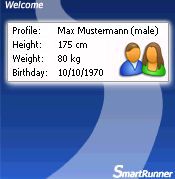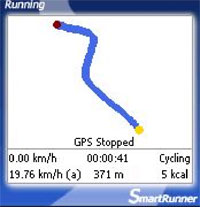INTERNATIONAL WORKSHOP ON 'URBAN PLAY AND LOCATIVE MEDIA' ORGANIZED BY ART CENTER NABI, SEOUL, KOREA (OCTOBER 18-20, 2005)
Emerging technologies such as wireless network, locative media, and pervasive computing have brought about new perceptions and social interactions in urban environment, transforming the ways we experience our cities. The concepts of space, time, and social relationship in urban environment are put in flux, while there are growing interests among communities of artists viewing city as social playground, public space, fluid canvas, and invisible layers of network.Art Center Nabi is organizing an international workshop in partnership with the city of Seoul to initiate cultural and artistic projects exploring the theme of 'Urban Play and Locative Media.' On the cross platforms of art, design, technology, and social sciences, submissions are sought to deal with the issues of participation, play, process, and engagement in urban environment incorporating various locative and pervasive media technologies. We are looking for fresh and thought provoking insights and projects that are to reflect on but not limited to the critical issues as following:Â
- How new communication media opens up new ways to engage people in public domain?
- In what ways people participate and play in urban environment in dynamic formation of city?
- What kind of urban games are possible using emerging technologies? And what kinds of collective 'vibes' can be generated through these games?
- How can physical or virtual spaces in city be created, experienced and accessed by collaborative or competitive movement of people?
- How can diverse aspects of city whether cultural, historical, social, or personal be reflected and shared through participatory gestures?
Â
- How can disparate neighborhoods or different communities be linked, interact or confront in playful gestures?
 What is interesting is that they conducted user-testing:
What is interesting is that they conducted user-testing: Why do I blog this? yet another locative media project, connect to psychogeaography and situationist stuff!
Why do I blog this? yet another locative media project, connect to psychogeaography and situationist stuff!
 Described in
Described in 



